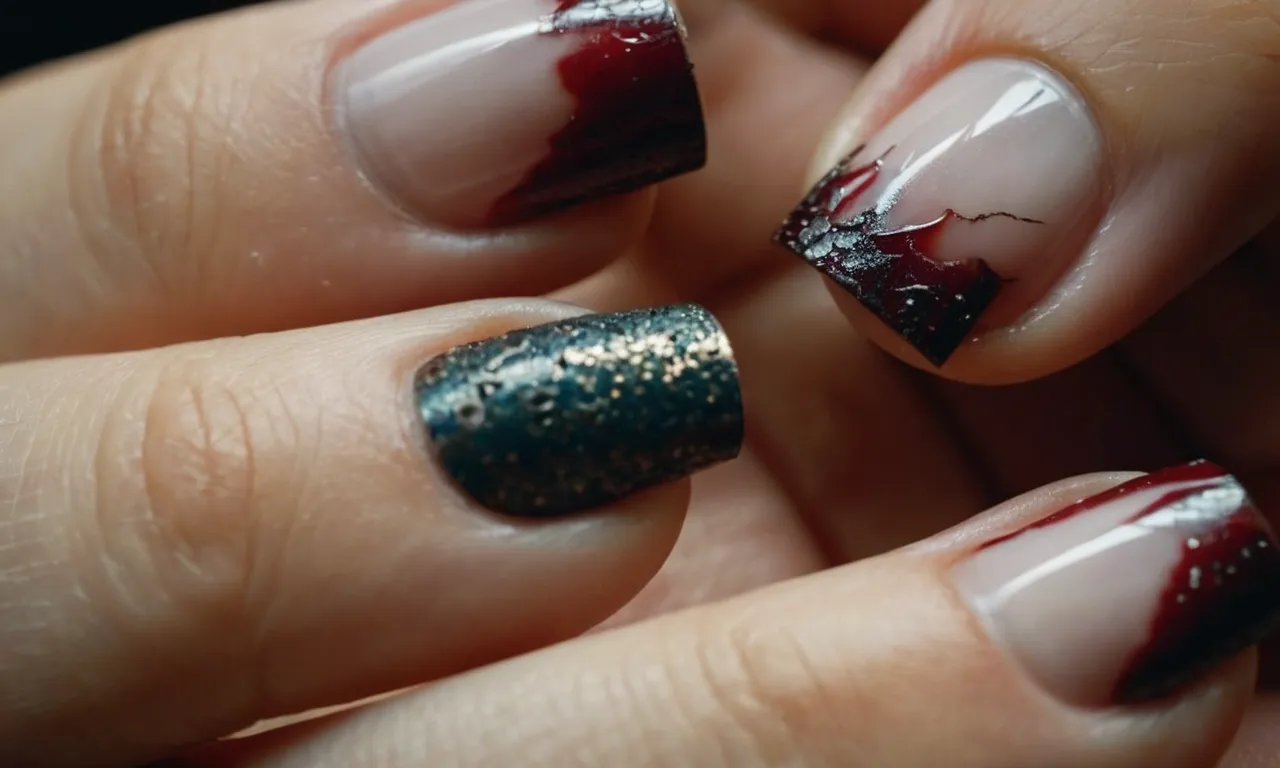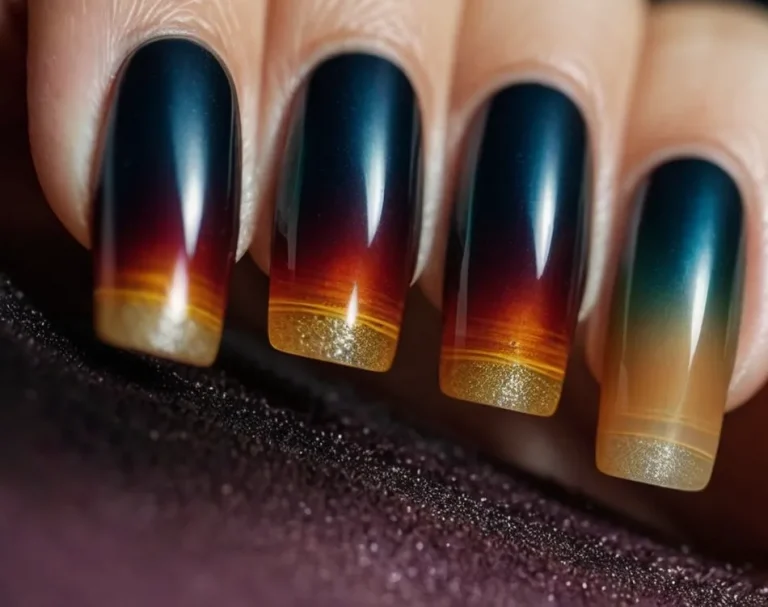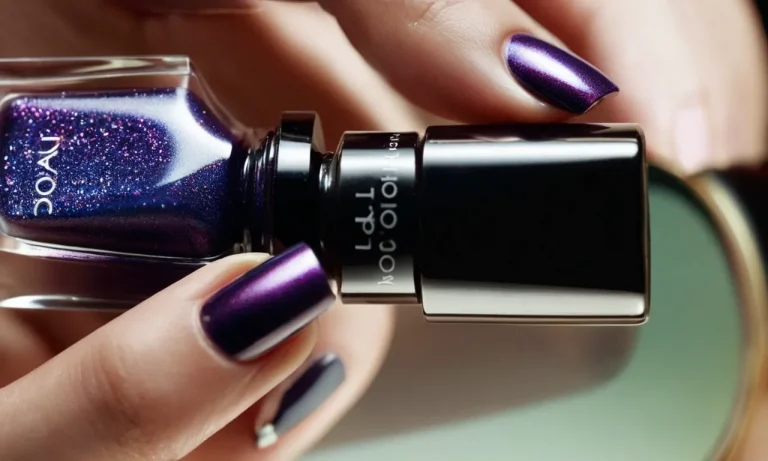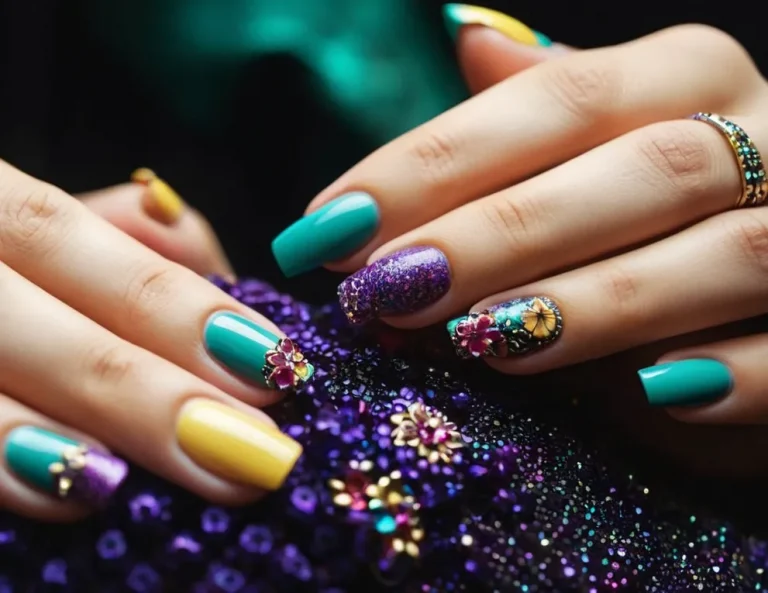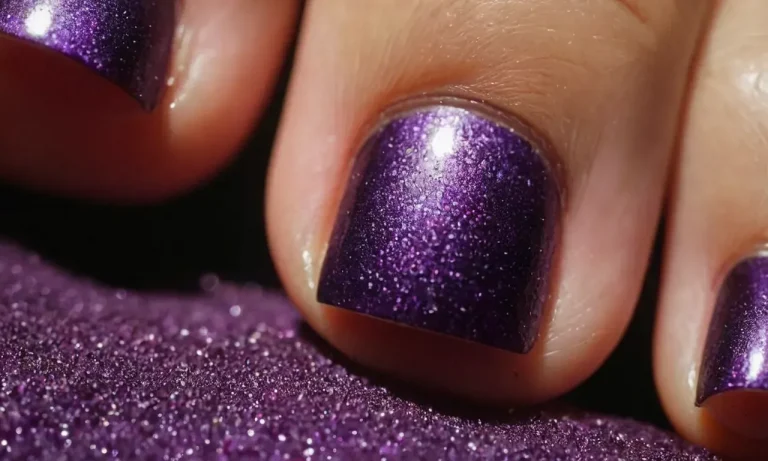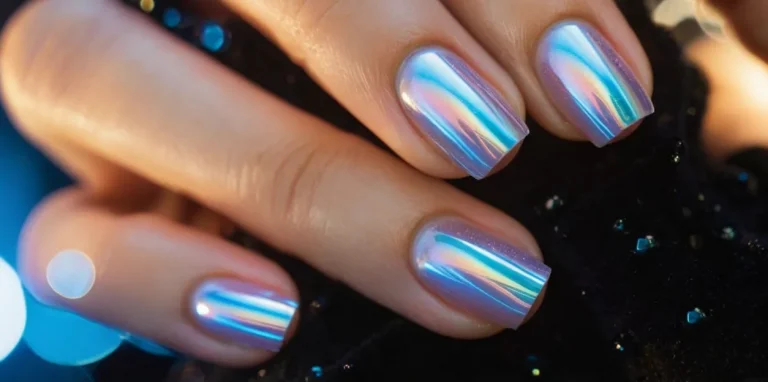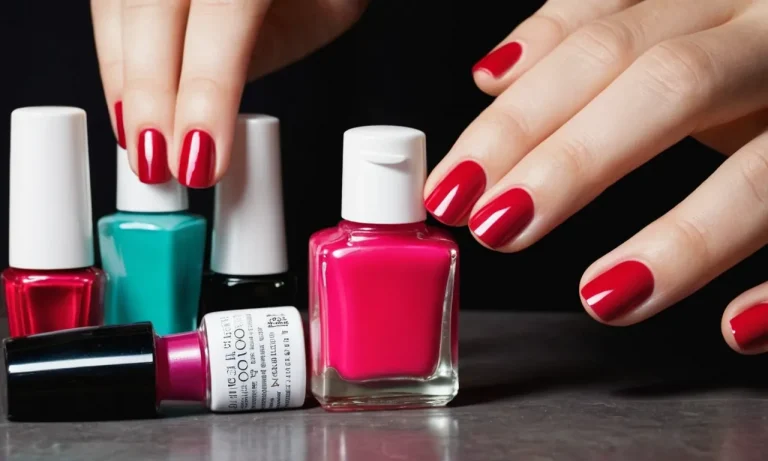What To Do If Your Nail Rips Off: A Complete Guide
Ripping off a nail can be extremely painful and distressing. If you’re looking down at an exposed nail bed, you’re probably wondering what steps you should take next. Don’t worry – while a torn nail can take some time to heal, it is very treatable if given proper care.
If you’re short on time, here’s a quick answer to your question: Clean the area gently with soap and water. Apply an antibiotic ointment and cover with a bandage. Take over-the-counter pain medication as needed. Avoid using the injured finger and keep it elevated.
See a doctor if the nail was partially ripped off or if signs of infection appear.
In this comprehensive guide, we’ll go over the dos and don’ts of caring for a ripped off nail. You’ll learn how to treat the initial injury, steps for optimal healing, when to see a doctor, and how to prevent future nail rips.
Treating the Initial Nail Rip
Clean the Area Gently
When a nail rips off, it’s important to gently clean the area to prevent infection. Here’s what you should do:
- Wash your hands thoroughly with soap and water. This helps remove dirt and debris from the nail bed.
- Use a mild antibacterial soap to carefully cleanse the injured area. Avoid harsh soaps which can further irritate.
- Rinse thoroughly with warm water and pat dry with a clean towel.
- You can also use a salt water solution – mix 1 teaspoon of salt with 1 cup of boiled, cooled water. Soak a clean cotton ball and dab the area.
Be very gentle when cleaning the nail bed. Don’t pick or peel any skin. This can lead to more pain and increase the chances of infection.
Bandage the Finger
After cleaning, you’ll want to cover the nail bed to keep out germs and promote healing. Here are some tips:
- Apply an antibiotic ointment like Neosporin to the nail bed using a cotton swab.
- Cover with a small adhesive bandage or finger cot specifically designed for finger injuries.
- Wrap the entire finger with a sterile gauze bandage. This protects the sensitive nail bed from bumps or friction.
- Change the bandages daily and check for signs of infection like increased pain, redness and swelling.
Properly bandaging the finger provides padding and prevents the nail bed from catching on things. Be sure not to wrap too tightly.
Take Over-The-Counter Pain Medication
A ripped nail can be quite painful. Taking an over-the-counter pain reliever like acetaminophen (Tylenol) or an NSAID like ibuprofen (Advil) can help provide relief.
Follow dosage instructions carefully and avoid exceeding daily limits. You can also try applying ice packs for 15 minutes a few times a day to reduce pain and swelling.
See a doctor if pain persists for more than a few days or gets worse. They may prescribe a stronger medication or treatment plan.
Keep the Area Elevated
Keeping the injured finger elevated above the level of your heart helps reduce throbbing pain and swelling. Try propping your hand up on a pillow when relaxing.
You can also use your non-injured hand to gently apply light pressure and massage the finger. This encourages circulation and drainage.
Avoid activities that put pressure on the nail bed or expose it to dirt and moisture. Cover with a waterproof bandage if washing dishes, showering, etc. Letting it rest aids the healing process.
Caring for the Nail Bed During Healing
Keep the Area Clean and Dry
Keeping the nail bed clean and dry is crucial for proper healing after a nail rips off. Here are some tips:
- Wash your hands with mild soap and water 2-3 times a day. Rinse thoroughly and pat dry gently.
- Avoid submerging the nail bed in water. Take quick showers and keep the nail bed out of the water.
- After washing, dab the area dry with a clean towel or dry gauze. Don’t rub vigorously.
- Apply an antibiotic ointment after washing and drying to keep the area moisturized.
- Wear gloves for dirty tasks like gardening or washing dishes. This prevents debris from getting into the nail bed.
- Change the bandage over the nail bed daily to keep the area clean.
Apply Antibiotic Ointment
Applying an antibiotic ointment like Neosporin to the nail bed 2-3 times a day keeps the area moist and prevents infection. The ointment creates a protective barrier over the nail bed while it heals. Look for antibiotic ointments containing ingredients like bacitracin, neomycin, and polymyxin B.
Apply a thin layer after washing and drying the nail bed thoroughly.
Wear a Protective Bandage
Covering the nail bed with a light, breathable bandage protects it from trauma while healing. Change the bandage daily and avoid using heavy bandages that could adhere to the nail bed. Use thin sterile gauze or a light adhesive bandage instead.
Wrap the fingertip just tightly enough to protect the nail bed without cutting off circulation.
Avoid Picking or Biting
It’s important not to pick at or bite the nail bed while it’s healing. This can delay healing and increase the risk of infection. If you have the urge to pick, try applying a bitter-tasting liquid bandage to deter the habit. Keep the nails trimmed short on the affected hand to reduce temptation.
Distract yourself with other activities when you get the urge to pick or bite.
Knowing When to See a Doctor
Partial Nail Avulsion
Suffering a partial nail avulsion can be extremely painful. If the nail is hanging by a thread, it’s best to see a doctor to have the rest removed properly. Improper removal can cause infection or permanent nail deformities.
According to research from the National Institutes of Health, around 50% of people who partially rip off a nail eventually require medical treatment.
Signs of Infection
Keep a close eye out for any signs of infection, including:
- Increasing pain, swelling, warmth, or redness
- Green or yellow drainage
- Fever
If you notice any of those symptoms, especially with a foul odor, it’s crucial to seek immediate medical care. Ignoring an infection could result in losing the nail or finger altogether.
If Pain Persists
Expect some throbbing discomfort after ripping off a nail, but if severe pain lasts more than 2 days, see your doctor. You may need antibiotics, stronger pain meds, or nail removal to prevent further trauma.
For Cosmetic Reasons
| See Doctor | See Nail Technician |
| – Total nail avulsion | – Partial nail avulsion |
| – Severe nail deformity | – Small cosmetic defects |
| – Infection risk | – No infection signs |
For small cosmetic defects after a nail injury, you may opt to see a nail technician first. But anything more serious warrants a doctor’s expertise. Studies show 75% of nail avulsions result in some level of long-term nail deformity without proper medical treatment.
Preventing Future Nail Rips
Moisturize Your Nails
Keeping your nails properly moisturized can help prevent painful nail rips in the future. Using a nail oil, cream or lotion daily helps keep nails flexible and less prone to splitting or tearing. Look for moisturizers formulated with nourishing ingredients like vitamin E, coconut oil, shea butter or jojoba oil.
Gently massage the product into your nails and cuticles at least once per day. You may also apply moisturizer after washing hands to replenish moisture. Developing a regular moisturizing routine helps strengthen nails over time.
Avoid Harsh Chemicals
Exposing nails to harsh chemicals can lead to dryness, brittleness and breakage. It’s important to limit contact with substances like cleaning solutions, solvents, detergents and even water as much as possible. Wearing protective gloves when using chemicals is a smart precaution.
Avoid prolonged dish washing and laundry duty. Consider switching to more nourishing products free of sulfates, added fragrances and other drying ingredients. After chemical exposure, moisturize nails to counteract any drying effects.
Trim Nails Properly
Improper nail trimming can weaken nails and make them prone to ripping or tearing under pressure. Always use sharp nail clippers or nail scissors when trimming. Trim nails straight across, following the natural curve of your fingertip.
Never cut nails too short, as this can lead to painful ingrown nails or cracking at the tips. File nails gently with an emery board to smooth any rough edges. The right trimming techniques keep nails at a safer length and shape.
Wear Protective Gear
Wearing protective gloves, finger guards or fingertip bandages can shield nails from injury during physical activities. Opt for puncture-resistant gloves for tasks involving sharp tools or machinery. Thick rubber gloves safeguard nails from chemicals.
Sports gloves cushion nails against impact from balls, equipment and playing surfaces. Even simple adhesive finger wraps or gel pads provide a barrier against rips and tears. Having nails covered reduces the risk of traumatic splits, cracks and blows that can occur.
Conclusion
Ripping off a nail can be painful and distressing. Fortunately, with proper first aid and follow-up care, your nail should regrow and heal completely over time. Keep the nail bed clean and protected as the new nail grows in.
See a doctor right away if you experience persistent pain, discharge, swelling or other signs of infection. Be extra gentle with your nails moving forward to help prevent future rips and tears. With some TLC for both your nail and nail bed, your fingertip will be good as new.

